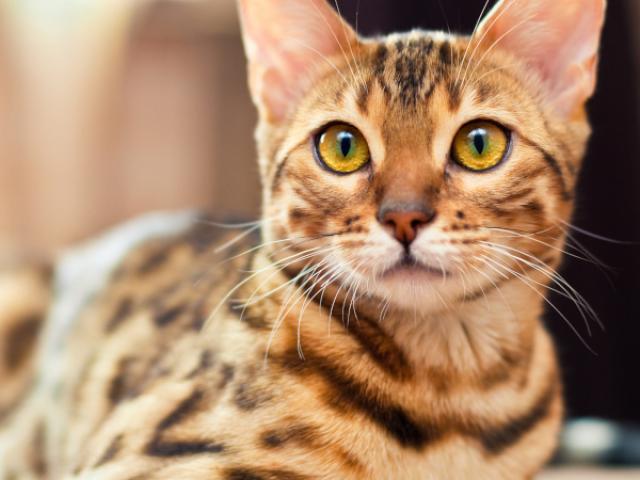The agouti signaling protein interacts with the melanocortin 1 receptor to switch between black and red pigments, creating a banding pattern in individual hairs. Mutations in the agouti signaling protein gene (ASIP) prevent this switch from occurring, resulting in hairs of uniform color.
